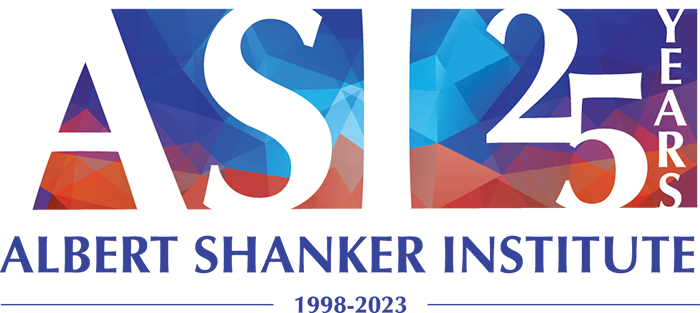Why Are Some Methods to Teach Reading Still Popular—Even Without Enough Evidence to Support Them?
This is a question that baffles me. If there’s one thing I’m sure of, it’s that most teachers are doing their very best for students. So, there must be a (student-centered) reason teachers use the methods they do.
In conversations with colleagues, some have noted that certain instructional practices appear to produce faster results. Teachers may adopt them to help students catch up quickly, hoping this will allow them to engage more fully in core instruction and boost their confidence and motivation. That made a lot of sense to me. And yet, it is possible that some strategies offer quick wins but don’t stick or scale—because they’re shortcuts.
It’s a bit like teaching a child to swim freestyle by having them mimic the motions they see. They might manage to get across the pool, which gives the appearance of success. But without learning proper technique—how to rotate their body, coordinate breathing with strokes, or maintain a high elbow during the pull—they’ll tire quickly, develop inefficient habits, and hit a performance ceiling they can’t easily overcome. The shortcut lets them move forward, but it doesn’t lay the foundation for becoming a strong swimmer over time.
Then I came across this research reference in Claude Goldenberg’s Substack – which is a treasure trove of insight; well worth a look if you are interested in literacy research and policy.
